If your aloe plant is looking a little bit wilted and you’re concerned you may have overwatered it, don’t worry! There are some easy signs to look for and an easy solution.
What Does an Over-watered Aloe Plant Look Like?
If you suspect your aloe plant is overwatered, it’s important to take action to save the plant. The plant may also have root rot, which is characterized by brown or black roots. An over-watered aloe plant can show a number of signs that indicate the plant is not doing well. The leaves may be wilted, yellow, or soft to the touch.
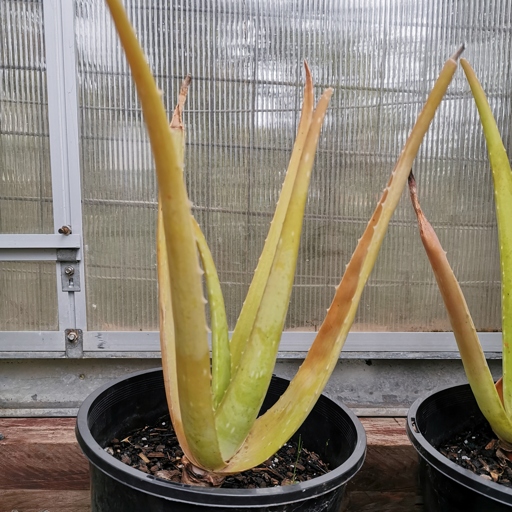
This means removing it from its pot and letting the excess water drain away. Once the plant is dry, you can repot it in fresh, dry soil. Be sure to water your aloe plant only when the soil is dry to the touch to avoid overwatering in the future. To start, you’ll need to allow the plant to dry out completely.
Signs of Overwatered Aloe Plant
If you think your aloe plant is overwatered, look for these signs:
The leaves are wilted and soft. 1.
The leaves are yellow or brown. 2.
The plant is mushy. 3.
There is mold on the plant. 4.
If you see any of these signs, your plant is overwatered. To save it, follow these steps:
1. Remove the plant from the pot and shake off any excess water.
Allow the plant to dry out for a few days. 2.
3. Repot the plant in fresh, dry potting mix.
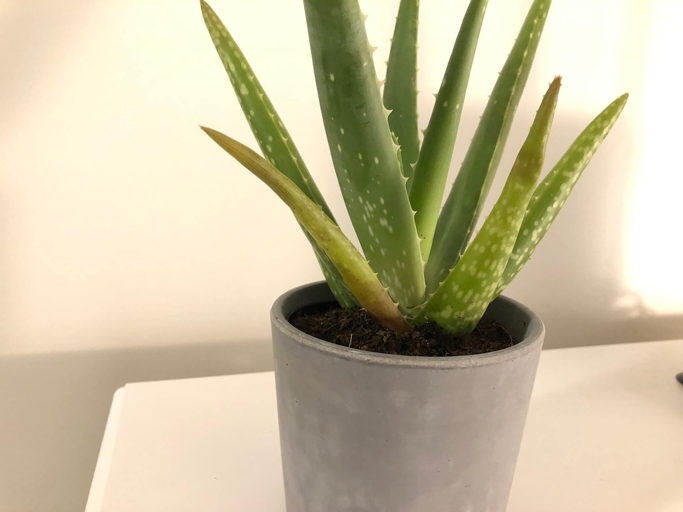
Water only when the potting mix is dry. 4.
Differences Between Under and Overwatering
Both can lead to problems for your plant, but understanding the signs of each will help you keep your plant healthy. When it comes to watering your aloe plant, it is important to know the difference between underwatering and overwatering.
Underwatering your aloe plant can cause the leaves to become dry and wrinkled. If you think your plant is not getting enough water, water it deeply and then allow the soil to dry out completely before watering again. The plant may also start to produce fewer offsets.
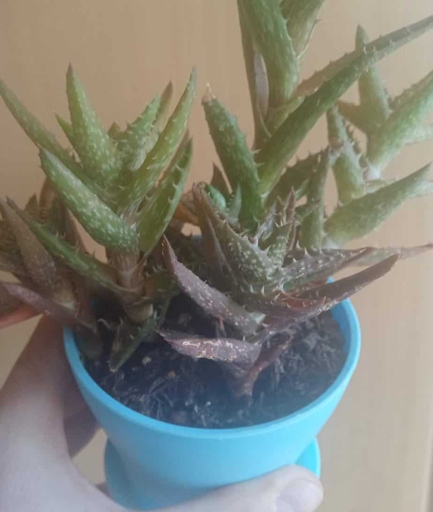
Overwatering your aloe plant can cause the leaves to turn yellow and the plant to rot. If you think you are overwatering your plant, allow the soil to dry out completely before watering again. If the plant is still showing signs of overwatering, reduce the amount of water you are giving it.
Can You Save an Overwatered Aloe Plant?
There are signs to look for and a few simple steps you can take to save your plant. If you have an overwatered aloe plant, don’t despair!
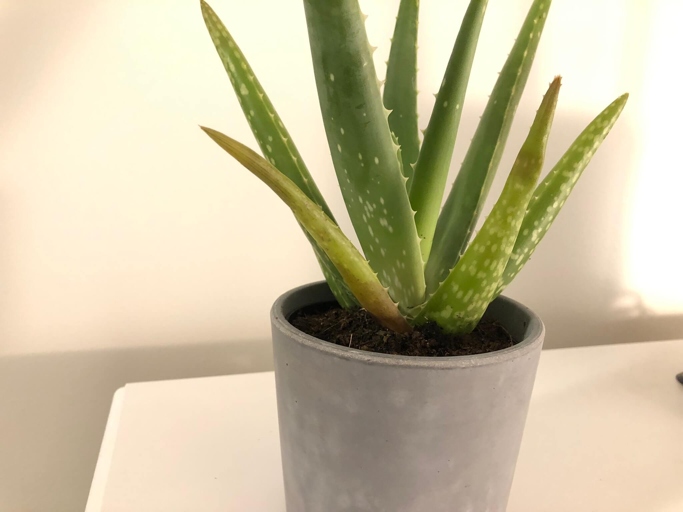
The first step is to check the soil. If it’s soggy or waterlogged, that’s a sure sign of overwatering. If they’re yellow or wilted, that’s another sign that your plant is overwatered. The second step is to check the leaves.
Allow the soil to dry out completely before giving it any more water. Once you’ve confirmed that your plant is overwatered, the next step is to take action to save it. The first thing you need to do is stop watering it.
This will help to prevent overwatering in the future. Next, you need to repot your plant. Be sure to use a well-draining potting mix and a pot with drainage holes.
With a little care, you can save your overwatered aloe plant!
How to Revive a Severely Overwatered Aloe Plant
There are steps you can take to revive your plant. If you have an overwatered aloe plant, don’t despair.
However, if the roots are white or pale, they may be salvageable. First, check the roots. If they are mushy or black, they are probably beyond saving.
Gently rinse the roots with clean water, and then let them air dry. Next, carefully remove the plant from its pot.
Once the roots are dry, replant the aloe in a pot with well-draining soil. Water it sparingly, and make sure the pot has drainage holes.
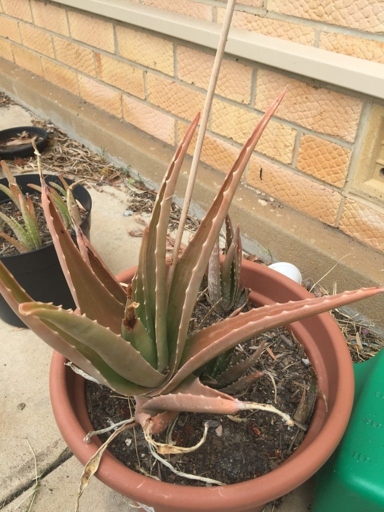
With a little care, your overwatered aloe plant should soon be on the road to recovery.
Here’s What I Would Do in Your Situation (Step-by-Step)
If you have an overwatered aloe plant, the first thing you need to do is check the soil. If the soil is soggy or waterlogged, it’s time to take action. Here’s what you need to do:
Remove the plant from the pot and place it on a surface where it can drain. 1.
Allow the plant to drain for several hours, or until the soil is no longer soggy. 2.
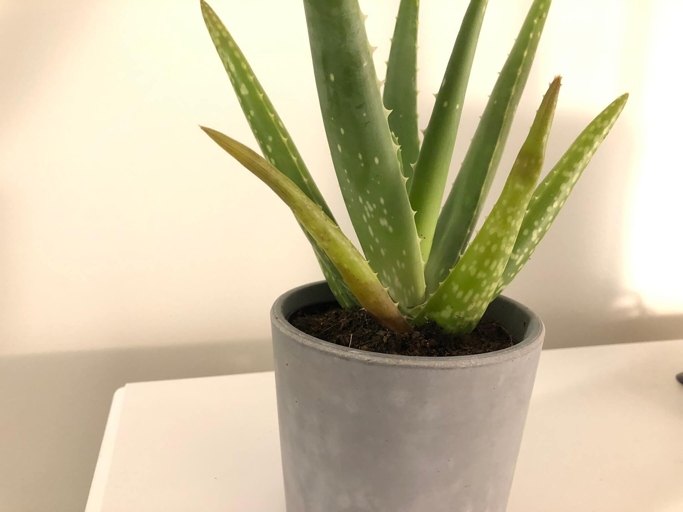
3. Once the plant has drained, repot it in fresh, dry potting mix.
4. Water the plant only when the soil is dry to the touch.
By following these steps, you can save your overwatered aloe plant and help it thrive.
How to Save Overwatered Aloe Plant With Mild Symptoms
If you have an overwatered aloe plant with mild symptoms, there are a few things you can do to try and save it. If the leaves are wilted, you can try to revive them by misting them with water. Water the plant only when the soil is dry to the touch. Next, replant the aloe in a pot with well-draining soil and make sure the pot has drainage holes. Finally, give the plant plenty of light and wait patiently for it to recover. First, remove the plant from the pot and check the roots. If they are mushy or have started to rot, you will need to trim them off.
What If Overwatered Aloe Vera Is Impossible to Revive
If the roots are too far gone, however, the plant will likely die. If you’ve overwatered your aloe vera plant, you may be wondering if it’s possible to revive it. Unfortunately, overwatered aloe vera plants are very difficult to revive. If you do manage to revive your plant, be sure to water it much less frequently in the future. The first step is to try to save the plant by removing it from the pot and allowing the roots to dry out.
Now, Why is My Aloe Overwatered?
These are all signs that your plant is not getting the water it needs. The plant may also seem to be mushy. If your aloe is overwatered, you may notice that the leaves are wilting or yellowing.
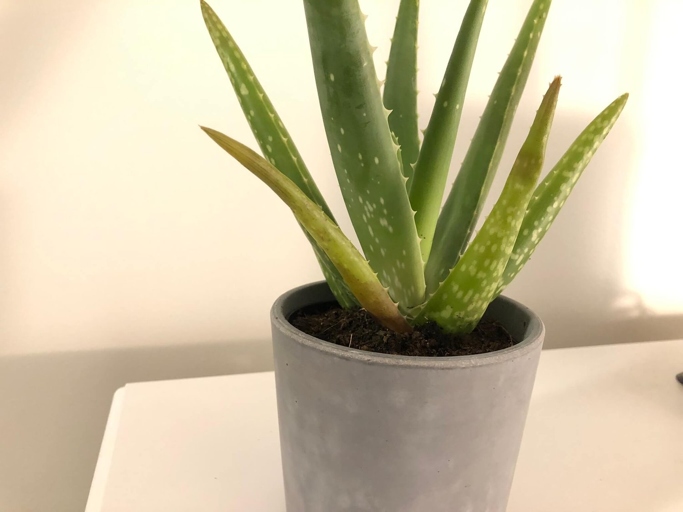
You can also try to improve the drainage of the pot by adding some rocks or gravel to the bottom. If the soil is still wet, wait a few days before watering again. There are a few things you can do to save your overwatered aloe plant. First, try to water it less often.
If your plant is still not doing well, you may need to repot it in fresh, dry soil. With a little care, your overwatered aloe plant should be back to its healthy self in no time! Be sure to use a pot with drainage holes to help prevent overwatering in the future.
Insufficient Drainage Capacity In The Pot
If you’re not sure if your pot has adequate drainage, check the bottom of the pot for water after you’ve watered the plant. If your pot doesn’t have adequate drainage, your aloe plant is at risk for overwatering. If there is water pooled at the bottom of the pot, it’s time to repot your aloe plant in a pot with better drainage. To avoid overwatering, make sure your pot has at least one drainage hole. Overwatered plants are susceptible to root rot, which can kill the plant.
Soil Is Too Moisture Retentive
overwatering is a common problem for aloe plants, as they are native to dry, arid climates. When soil is too moisture retentive, it can suffocate plant roots and prevent them from accessing the oxygen they need to survive. If your aloe plant is wilting, yellowing, or developing brown spots, it may be overwatered.
If it feels wet, it’s time to let the plant dry out. To test if your plant is overwatered, stick your finger into the soil. You can also try using a moisture meter to get an accurate reading of the soil moisture. Allow the top inch of soil to dry out completely before watering again.
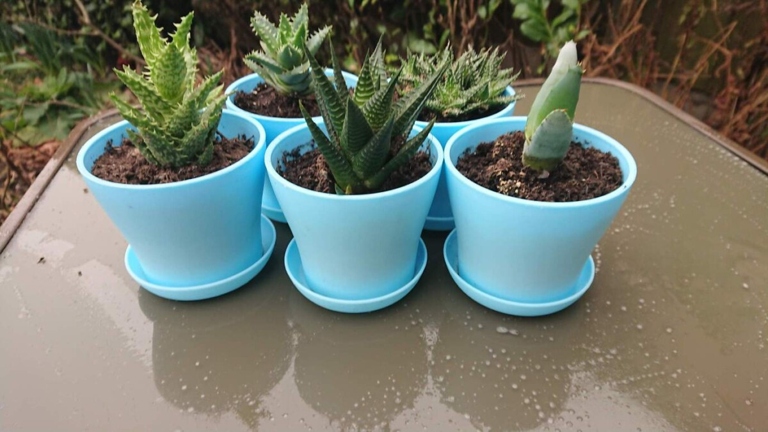
By following these steps, you can help your overwatered aloe plant recover and prevent future problems. First, remove the plant from the pot and gently shake off any excess water. Finally, make sure to water your plant only when the top inch of soil is dry. If your plant is already showing signs of overwatering, there are a few things you can do to save it. Then, allow the plant to dry out completely before repotting it in fresh, dry soil.
Weather Conditions
Here are a few steps to take to fix the problem: If you notice that your aloe plant is looking a bit wilted and the leaves are starting to yellow, it may be a sign that you are overwatering it.
First, check the soil to see if it is moist or dry. If it is moist, then you may be overwatering your plant. 1.
Second, take a look at your watering schedule and cut back on the frequency or amount of water you are giving your plant. 2.
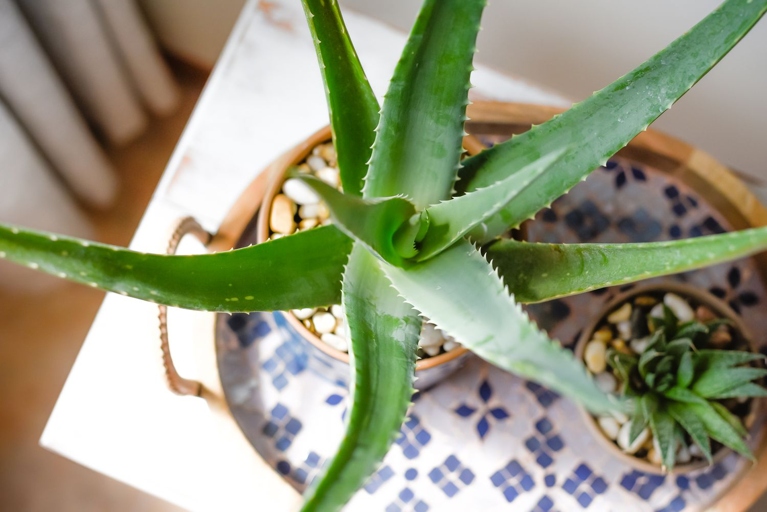
3. Third, make sure that your plant has good drainage by using a pot with drainage holes or by adding gravel to the bottom of the pot.
4. Finally, give your plant some time to recover and see if the problem improves. If not, you may need to consult a professional.
Choosing Your Pot
Aloe plants can grow to be quite large, so you’ll need a pot that is big enough to accommodate the plant’s growth. The third is the drainage of the pot. Aloe plants need good drainage in order to avoid root rot, so make sure that the pot you choose has drainage holes in the bottom. Aloe plants prefer pots that are made of a porous material, such as terra cotta, so that the roots can breathe. The first is the size of the pot. The second is the material of the pot. When it comes to choosing a pot for your aloe plant, there are a few things you need to take into consideration.
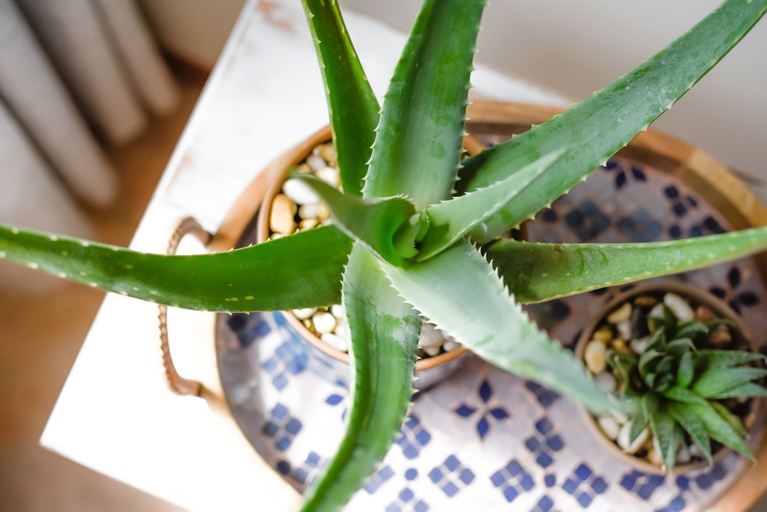
If you’re not sure what to get, ask a staff member at your local nursery or gardening store for help. With these things in mind, you should be able to choose a pot that is perfect for your aloe plant.
How to Keep That Moisture Level Perfect
Next, repot the plant in a well-draining potting mix and make sure the pot has drainage holes. With a little care, your overwatered aloe plant will be back to its healthy self in no time. If you have an aloe plant that’s been overwatered, there are a few things you can do to save it. First, check the roots to see if they’re mushy or rotted. If they are, you’ll need to trim them back to healthy tissue. Water the plant only when the soil is dry to the touch. If the leaves are yellow or wilted, you can remove them to help the plant focus its energy on new growth.
How to Water Aloe Vera Plant
If you have an aloe vera plant that is overwatered, you may notice that the leaves are wilting or that the plant is starting to rot. To fix an overwatered aloe vera plant, you will need to water it less often and make sure that the soil drains well. These are signs that your plant is not getting the water it needs.
If the soil is still wet, wait another day or two before watering again. Water your plant only when the soil is dry to the touch. If you notice that your aloe vera plant is overwatered, the first thing you should do is cut back on watering.
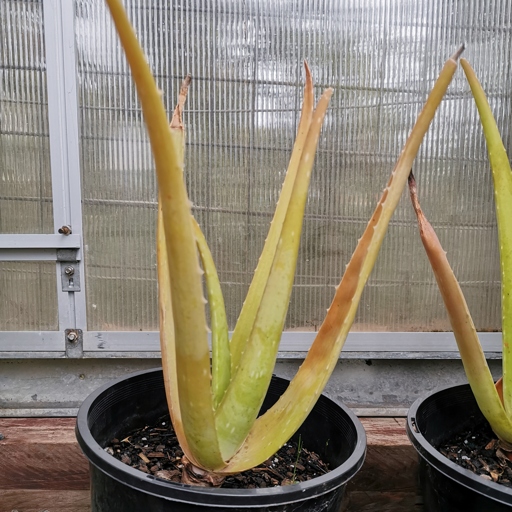
To improve drainage, you can add sand or pebbles to the potting mix. Aloe vera plants do not like to sit in wet soil. In addition to watering less often, you will also need to make sure that the soil drains well.
With a little time and care, your overwatered aloe vera plant will soon recover.
Common Mistakes in Watering Aloe Plant
They can survive in a range of different climates and don’t need a lot of water to thrive. Here are some common mistakes people make when watering their aloe plants: If you have an aloe plant, you know that they are pretty tough plants. However, it is still possible to overwater your aloe plant.
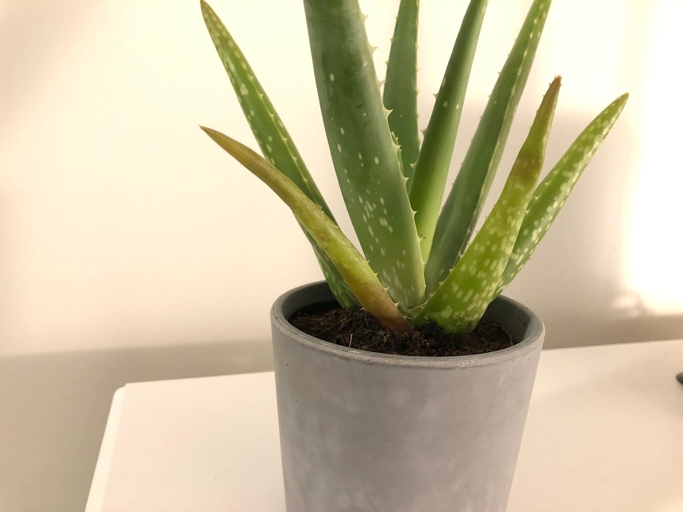
Overwatering can lead to root rot, which can kill your plant. 1. If the soil is already moist, then the plant doesn’t need any more water. Not Checking the Soil First: Always check the soil before watering your aloe plant.
Watering from the Top: When you water your plant, make sure to water the soil, not the leaves. Watering from the top can cause the leaves to rot. 2.
If you water your plant too often, the roots will start to rot. 3. Not Letting the Soil Dry Out Between Waterings: Aloe plants need to have the soil dry out completely between waterings.
Always use filtered or distilled water when watering your plant. 4. Using Tap Water: Tap water can contain chemicals that can harm your aloe plant.
By following these simple tips, you can avoid overwatering your aloe plant and keep it healthy and happy.
Final Words
This may seem counterintuitive, but it’s the best way to get your plant back on track. Allowing the plant to dry out will help it to start absorbing water again and will help to prevent root rot. When it comes to overwatering your aloe plant, the best solution is to let the plant dry out completely.
If you’re not sure whether or not your plant is overwatered, there are a few signs to look for. The plant may also start to wilt. If you see any of these signs, it’s time to take action. The leaves of the plant will start to turn yellow and may even fall off.
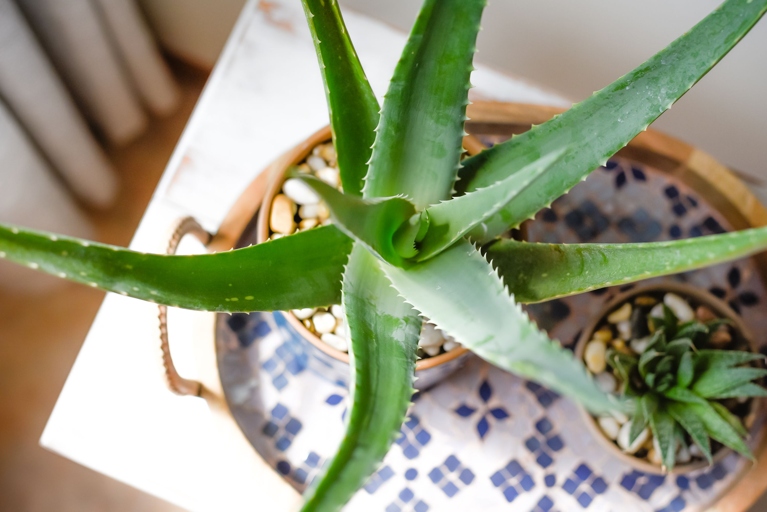
You may need to do this a few times before the plant is completely back to normal. The first step is to stop watering the plant completely. Let the soil dry out completely and then water the plant again.
If you think your plant is beyond saving, you can always start fresh with a new plant. Just be sure to water it properly from the start!
Frequently Asked Questions
1. What are the signs of an overwatered aloe plant?
The signs of an overwatered aloe plant include wilting leaves, yellow leaves, and soft or mushy leaves. The plant may also have root rot, which can be diagnosed by looking for brown or black roots.
2. How often should I water my aloe plant?
It is best to water your aloe plant about once a week, allowing the soil to dry out between watering. If the plant is in a pot, you may need to water it more frequently.
3. What is the best way to water an aloe plant?
The best way to water an aloe plant is to water it at the base, using a watering can or hose with a nozzle. Avoid getting water on the leaves, as this can cause them to rot.
4. How do I know if my aloe plant is overwatered?
If your aloe plant is wilting, yellowing, or has soft or mushy leaves, it is likely overwatered. Another sign of overwatering is root rot, which can be diagnosed by looking for brown or black roots.
5. What should I do if my aloe plant is overwatered?
If your aloe plant is overwatered, the first step is to stop watering it. Allow the soil to dry out, and then water the plant only when the soil is dry. If the plant has root rot, you may need to repot it in fresh, dry soil.
Final thoughts
If you think your aloe plant is overwatered, there are a few signs to look for. The leaves will be droopy and soft, and the plant may start to rot. If you see these signs, it’s important to take action immediately. The first step is to stop watering the plant. Then, remove any dead leaves or stems. Once the plant is dry, you can start watering it again. Be sure to water it deeply, but only when the soil is dry. With a little care, your aloe plant will be healthy and happy again.
